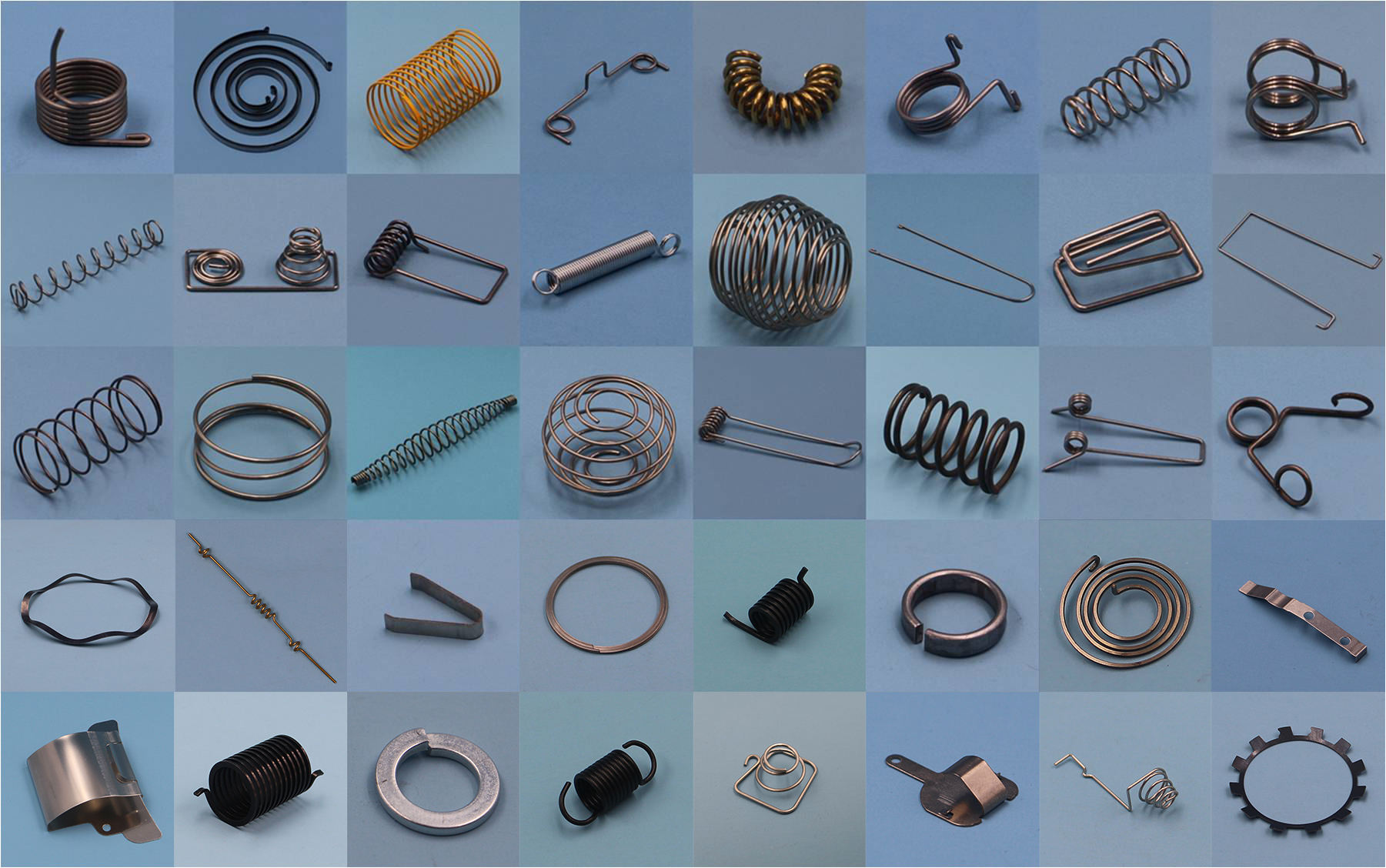
How to improve the utilization rate of stamping parts?

For stamping parts, the material utilization rate of the same part reflects the process level and technical level. This paper combines the actual application of the stamping site, from the aspects of process optimization, material size optimization, waste recycling, coil weight increase, etc. Method for material utilization of automobile stamping parts.
Process Optimization
Blanking and layout optimization to reduce waste
For some special-shaped stamping parts, the arrangement of blank sheets in the uncoiling blanking die can be optimized to reduce waste, uncoil as many blank sheets as possible, and improve material utilization.
Consolidation of material specifications to reduce scrap
In order to improve market competitiveness and enrich sales product lines, automobile factories will invest in new models every year, and the investment in parts of new models will produce new specifications of materials. When the mass production of models ends, the corresponding special steel will occupy the inventory due to slow consumption. Therefore, every addition of a new specification of steel will increase the inventory and management costs. Automobile factories must ensure the versatility of steel as much as possible to reduce The number of varieties of steel.
Mold design optimization, one mold with multiple pieces
When multiple parts are produced on a set of molds at the same time, one or more small parts can be produced by using the waste in the hole of the large part to achieve the effect of improving the utilization rate of materials.
Die design optimization, slab combination
When designing the mold, the left and right symmetrical parts are designed to be stamped together. Through process optimization, two parts are stamped out of two sheets instead of two parts punched out of one sheet, which reduces the process supplementary area and improves material utilization.
Control coil tolerances and increase the number of blanks
When steel mills produce steel coils and steel plates, they have a certain control range for the thickness tolerance of the products. Table 1 shows the coil size control standards. If the thickness of the steel coil is delivered to the automobile factory according to the positive tolerance, the thickness of the uncoiled blank sheet will be thicker within the acceptable range, which will cause the actual weight of the blank sheet and stamped parts to be higher than the process rated weight. On the other hand , will cause the actual number of sheets produced by the uncoiling of the steel coil to be less than the theoretical number, resulting in a reduction in the yield.
waste collection and reuse
When some parts are uncoiled and blanked, large unused waste materials will be produced. Using these waste materials for the production of other small parts on the car body can avoid the separate procurement of materials for small parts, save costs, and improve The material utilization rate of the whole vehicle is improved.
Very high coil weight, reducing head and tail waste
The stamping process is that material suppliers supply coils with packaging. After the coils are unpacked, they are cut into sheets of various shapes required for stamping by unpacking equipment, and then various parts are punched out. When uncoiling, the outer and inner rings of the coil need to be cut. At the same time, the head and tail of the coil need to pass through the uncoiling equipment. The head and tail of each coil are about 15 meters long, which is normal production loss. Therefore, the larger the uncoiling batch, the heavier the average weight of the coil material, the higher the uncoiling efficiency, and the less the average loss of the coil material.